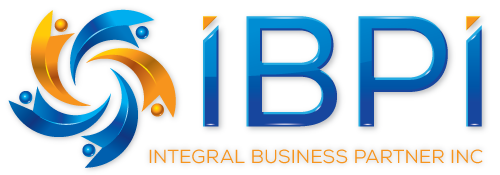Self-management, a core tenet of teal organizations, heralds a significant shift away from traditional hierarchical structures towards an environment where power and decision-making are evenly distributed. In a teal recruiting organization, successful implementation of self-management requires thoughtful strategies.
Firstly, hiring the right people is paramount. In a self-managing organization, employees must possess not only the skills to perform their roles but also the qualities necessary for autonomous work: self-motivation, adaptability, and strong interpersonal skills. During recruitment, it is vital to assess these qualities alongside professional competencies.
Secondly, clear communication of roles and expectations is vital for self-management. Despite the absence of rigid hierarchies, a clear understanding of individual responsibilities is crucial. This does not mean fixed job descriptions, but rather fluid roles that can evolve according to the needs of the team and the individual’s skill set. Tools like role-mapping can aid this process, ensuring that everyone understands their roles and the roles of their colleagues.
Thirdly, decision-making processes must be explicit and inclusive. Self-management doesn’t mean a lack of structure, but a different kind of structure. Frameworks for decision-making, such as integrative decision-making, can ensure everyone’s voices are heard, fostering a sense of ownership and involvement.
Additionally, fostering a learning culture is a cornerstone of self-management success. Employees should be encouraged to seek continuous improvement and adaptability. This is particularly important in a teal recruiting organization, where understanding of emerging trends, new technologies, and evolving job market dynamics are crucial. Offering professional development opportunities and learning resources can support this.
Lastly, building a feedback-rich environment supports effective self-management. Regular feedback – both from peers and from self-reflection – enables continual improvement and helps address issues promptly. It’s important to create an environment where feedback is not feared but seen as an opportunity for growth.
In conclusion, self-management in a teal recruiting organization demands a shift in how we perceive roles, responsibilities, and decision-making. By hiring the right people, communicating roles and expectations clearly, making decision processes explicit and inclusive, fostering a learning culture, and encouraging a feedback-rich environment, teal organizations can effectively leverage the benefits of self-management. As we navigate the evolving landscape of work, such strategies not only pave the way for success but also create a fulfilling, future-proof work environment.

